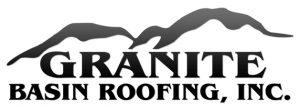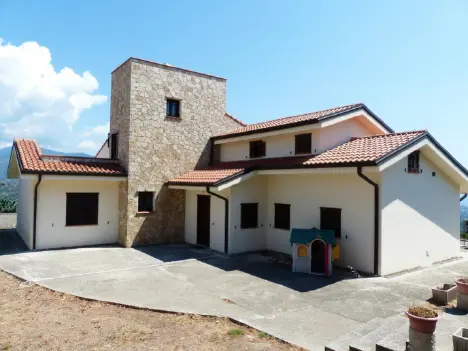Choosing the right material can affect a roof’s performance, from long-term durability to energy efficiency. Each roofing material has its profile of strengths, applications, and structural requirements. Granite Basin Roofing is a roofing company that helps clients assess material choices with both performance and climate in mind. Here are some frequently asked questions about selecting the best roofing materials:
Which Roofing Materials Last the Longest?
Some roofing types are designed to last longer than others, depending on how they respond to weather, wear, and UV exposure. Asphalt shingles are used widely, but their lifespan tends to fall below that of other options. Metal roofing can maintain its structural integrity for decades if installed properly and kept free of corrosion. Clay and concrete tiles also tend to hold up well in dry climates, though their weight requires adequate roof support.
What Are the Most Energy-Efficient Roofing Options?
Roofing materials can affect how a home absorbs and deflects heat. Lighter-colored or reflective materials help minimize the amount of solar radiation that reaches a building’s interior. Some metal panels include reflective coatings that limit heat transfer during the hottest parts of the day. Tile roofs allow more air circulation beneath the surface, supporting thermal regulation.
Energy efficiency depends on multiple factors, and attic ventilation and insulation, in addition to material selection, play a direct role. Our roofing company offers materials that help reduce radiant heat exposure. For homes in high-heat areas, this can translate to less strain on interior climate control systems.
Which Materials Require the Least Maintenance?
Some roofing systems require more regular attention than others. Asphalt shingles may need occasional patching, particularly after high winds or hail. Metal roofs, while more resistant to impact, still need inspection around fasteners and flashing points. Tile roofs require monitoring for breakage or slippage, especially in areas where pedestrians are at risk if tiles fall. Materials with fewer seams or fasteners usually have fewer leak-prone areas. Roofing systems that resist water absorption and UV degradation typically need fewer surface treatments over time. Granite Basin Roofing works with materials that balance durability and manageable upkeep, depending on the property owner’s goals.
What’s the Best Roofing Material for a Hot Climate?
Roofs in hot areas face high solar load, wide temperature shifts, and occasional high winds. This combination requires a material that holds up under thermal cycling without losing adhesion or cracking over time. Light-colored tile and coated metal are roofing materials that usually perform well in these conditions. They reflect heat, maintain shape under pressure, and can be installed with breathable underlayments that prevent trapped moisture.
Material choice also depends on roof slope and exposure. A steeper pitch may benefit from materials different from those of a low-slope design, which requires specific drainage characteristics. We source roofing systems compatible with desert climates and tailor each project based on those variables.
Work With a Roofing Company That Understands Material Performance
Roofing materials shape a structure’s performance under weather, heat, and long-term exposure. The right choice can reduce strain on a home’s energy systems while supporting better durability over time. Granite Basin Roofing helps clients evaluate roofing systems that align with their environmental demands and structural needs. Contact our team to discuss which materials suit your next roofing project.

